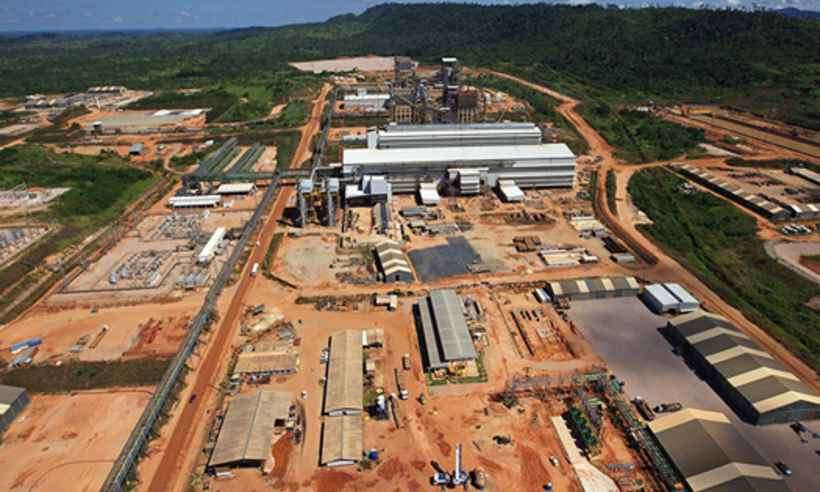Vale taps BluestOne to repurpose nickel refinery waste in Brazil


Vale (NYSE: VALE) has inked a commercial off-take and non-binding deal with BluestOne, a Brazilian company that transforms waste to products for agriculture, to extract materials from its Onça Puma nickel mine.
As part of the agreement, Vale has committed to provide up to 50,000 tonnes per year of refinery slag from Onça Puma for the next 10 years.
BluestOne has agreed to begin construction of a plant near the mine within two years. The facility will process slag products into a solution to enhance carbon-efficient mineral fertilizers with broad use in the agricultural sector.
Vale said that engaging BluestOne will allow it to move forward with its circular mining ambitions, particularly among its base metals operations.
The Rio de Janeiro-based mining giant said the agreement could potentially boost BluestOne's production of recycled nickel recovered from waste products around the world.
"Waste-to-value and circular mining are key levers in our sustainability strategy and technology roadmap,” Deshnee Naidoo, CEO of Vale Base Metals, said in the statement. “This MOU and scalability of BluestOne's technology supports our ambition to capture value from what have historically been waste streams while reducing our legacy environmental footprint as part of a wider approach to circular mining."
Soaring demand for metals and minerals needed to achieve a reduction in global emissions, paired with low commodity prices, are driving investors and mining firms to cut spending in new projects. This trend and the fact that large-scale mining projects can take up to 20 years to come online, are set to cause major shortages of key elements for the world’s energy transition, reports show.
Annual capital investment in energy transition metals averaged $45 billion over the last two decades compared with the $70 billion needed each year through to 2030 to expand supply, according to a study published by the Energy Transitions Commission (ETC).
If investors manage to speed up progress on technology, efficiency and the recycling of clean energy materials, the body expects the cumulative need for fresh supply from mines to eventually fall by 20%to 60%.
THIS ARTICLE WAS ORIGINALLY POSTED ON MINING.COM
Comments